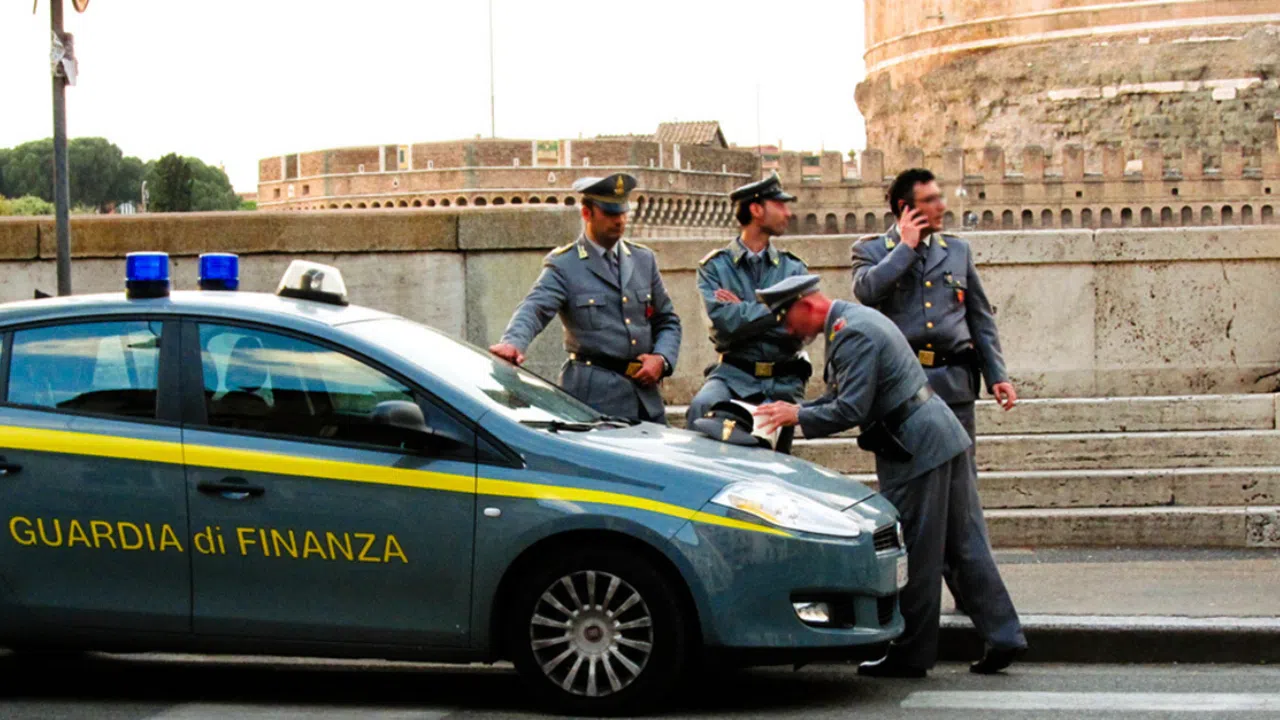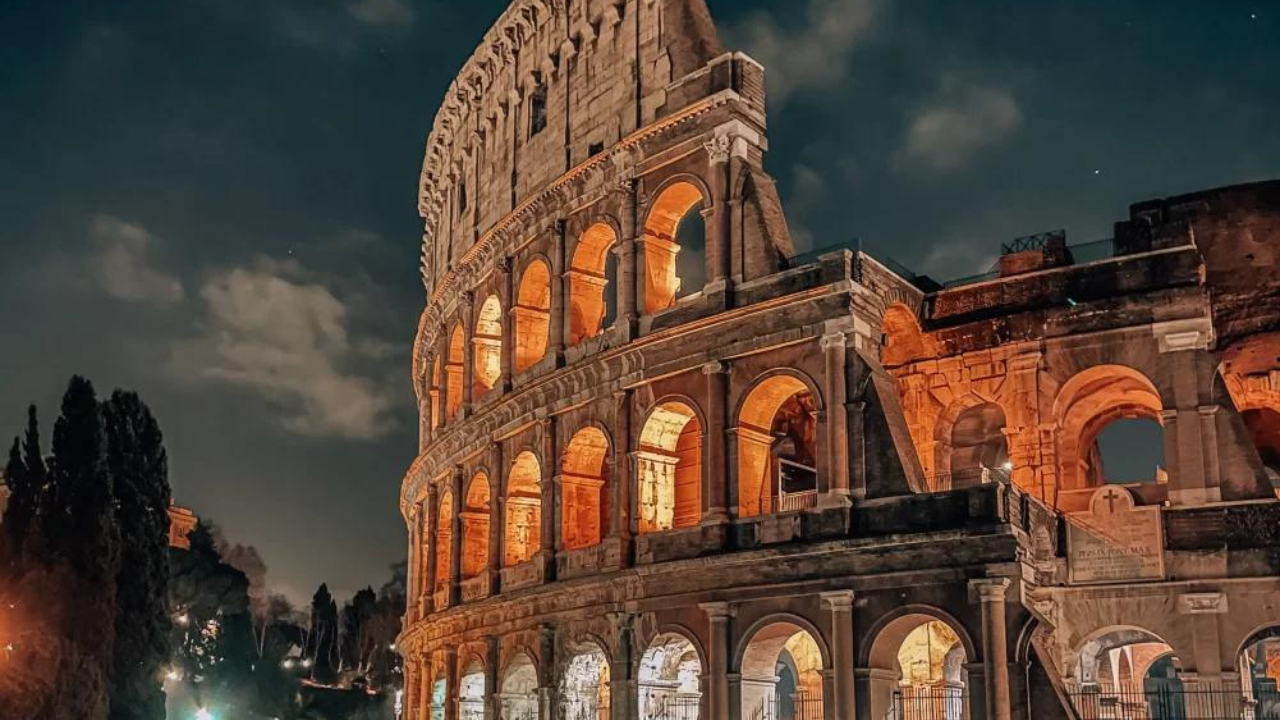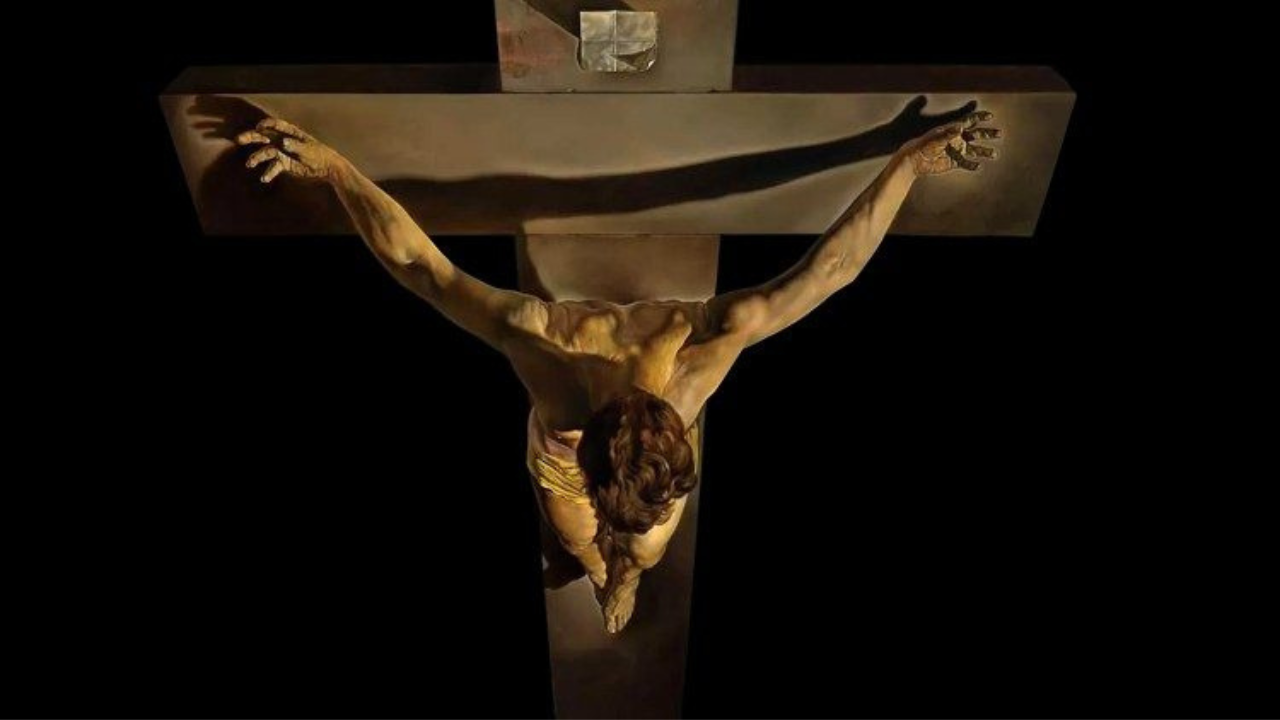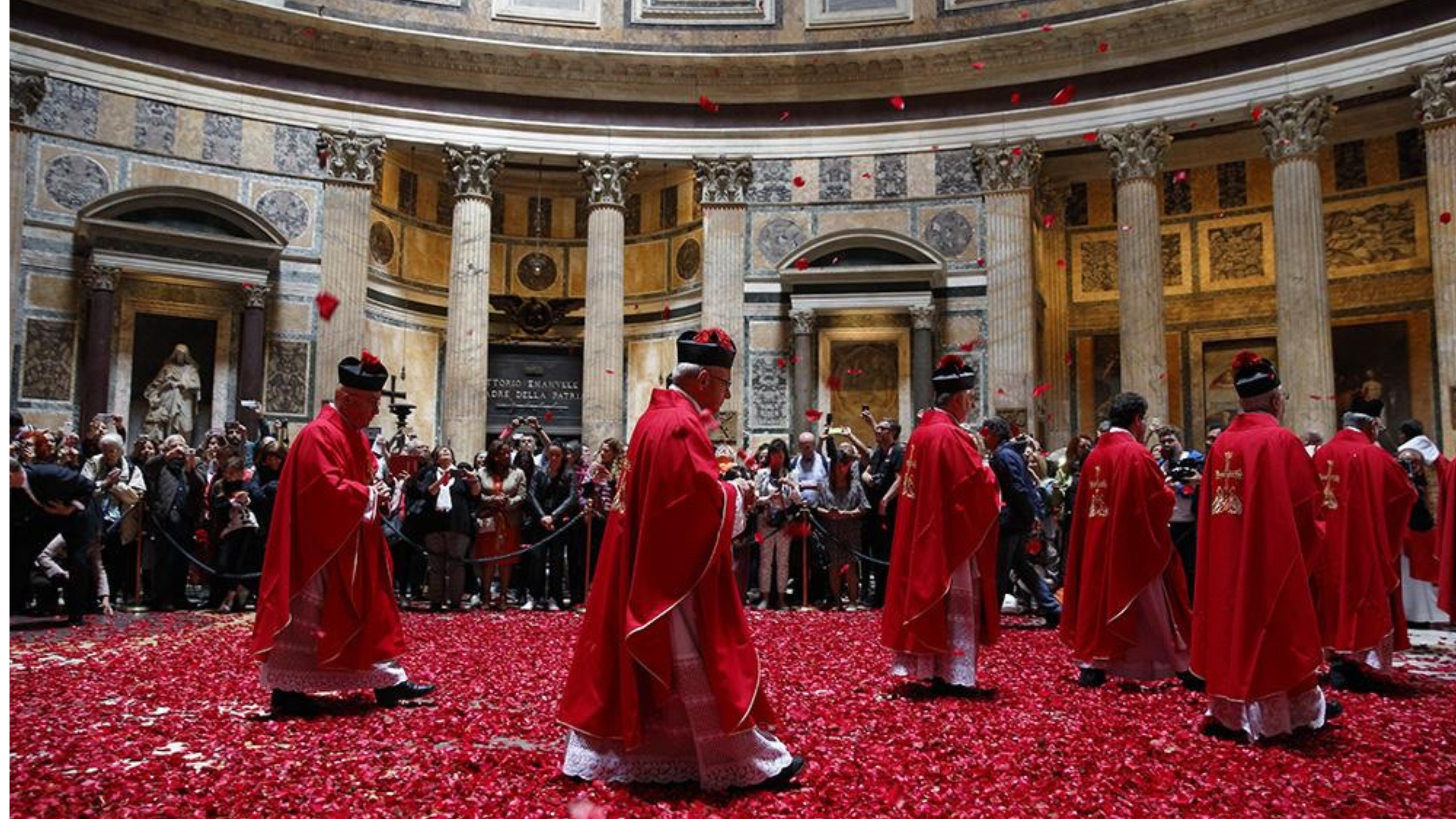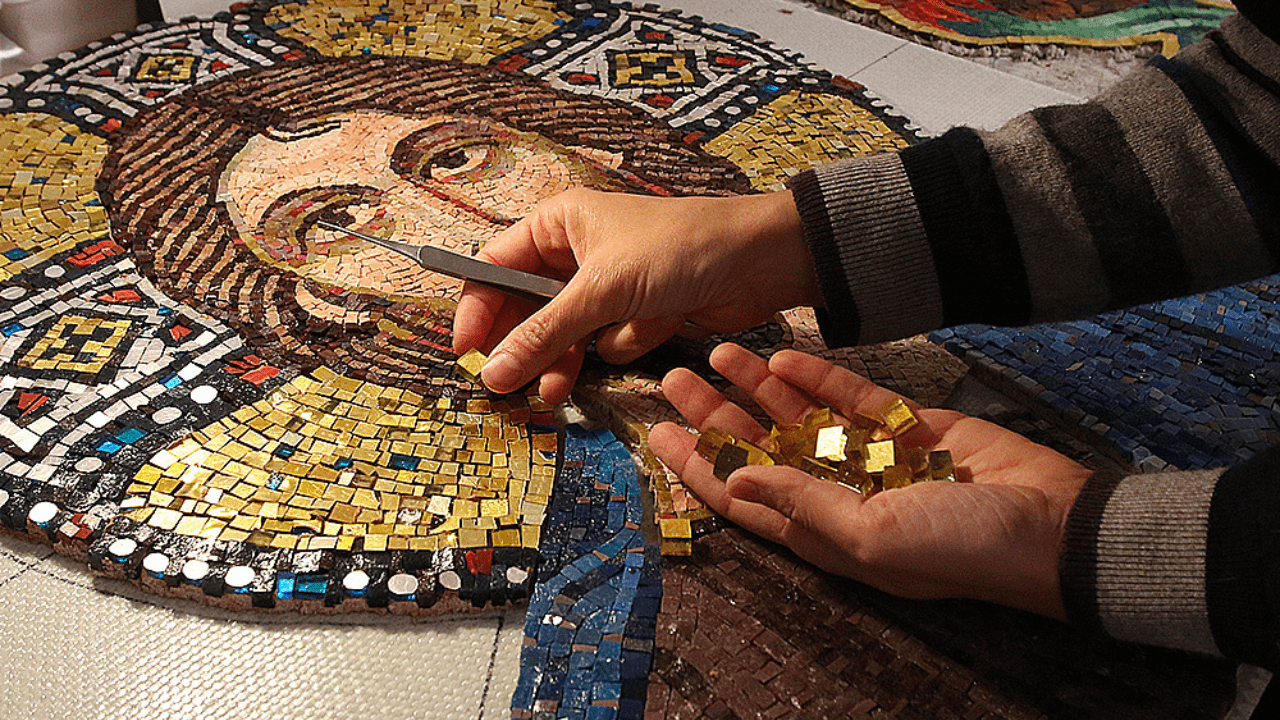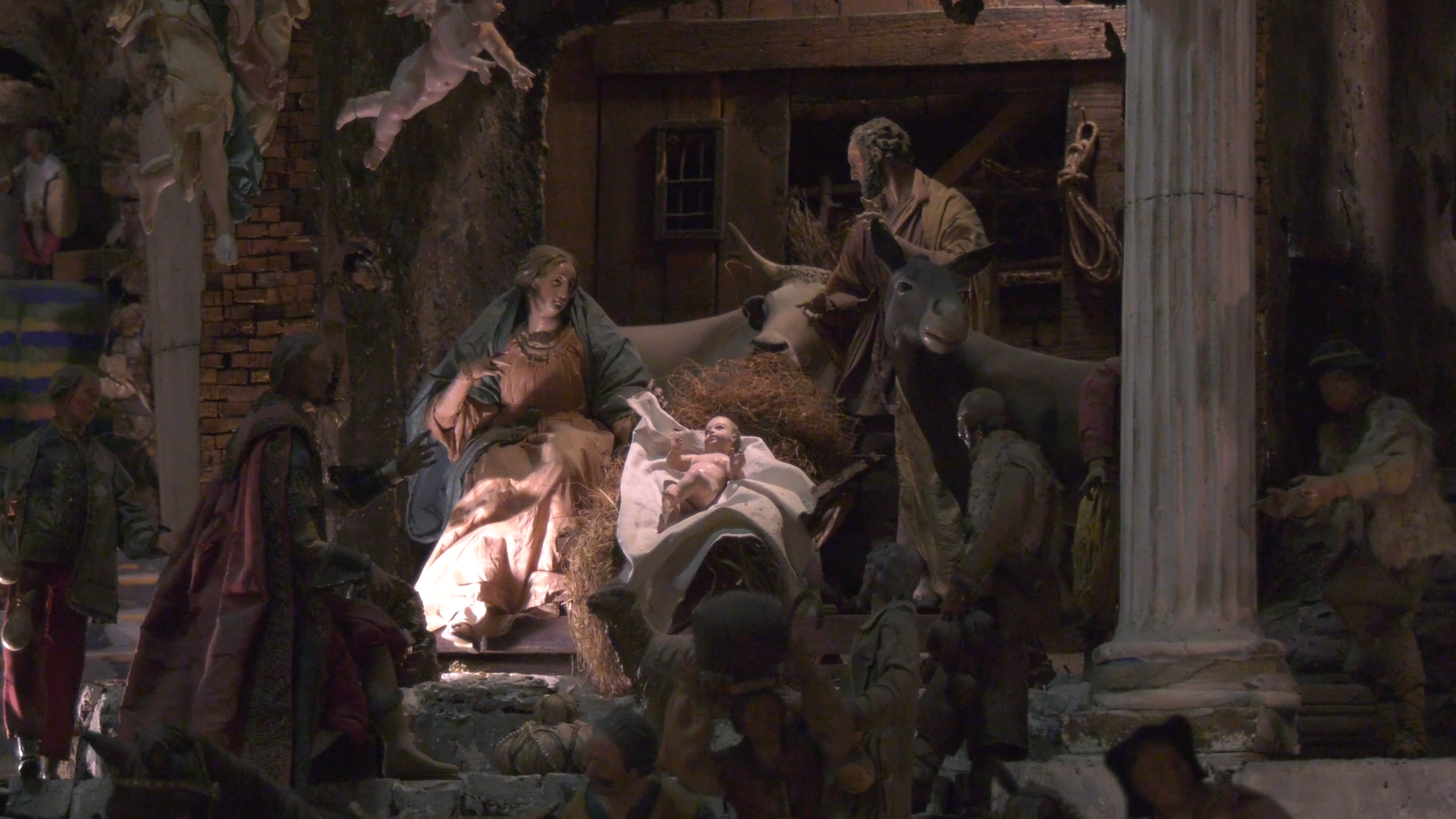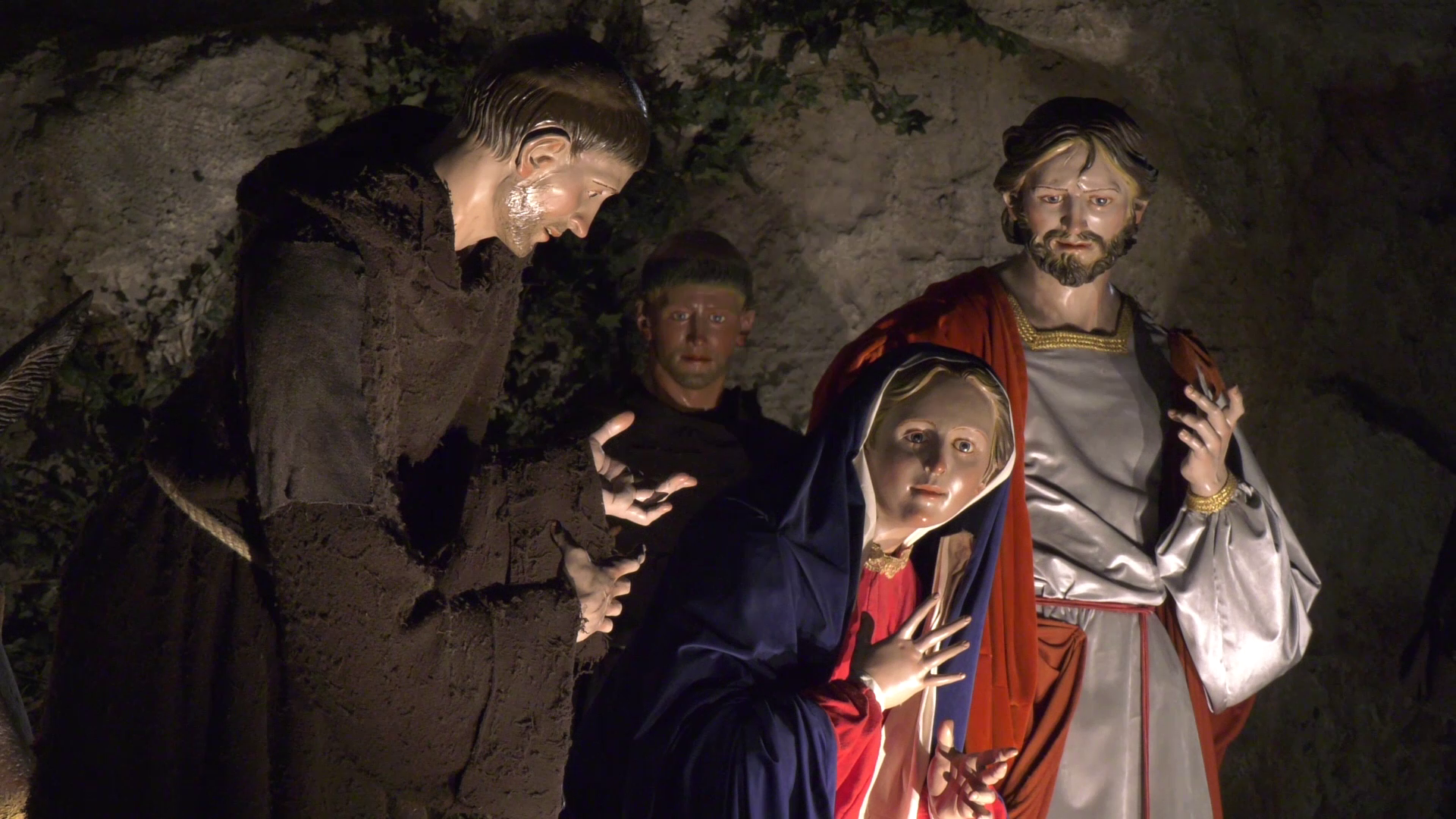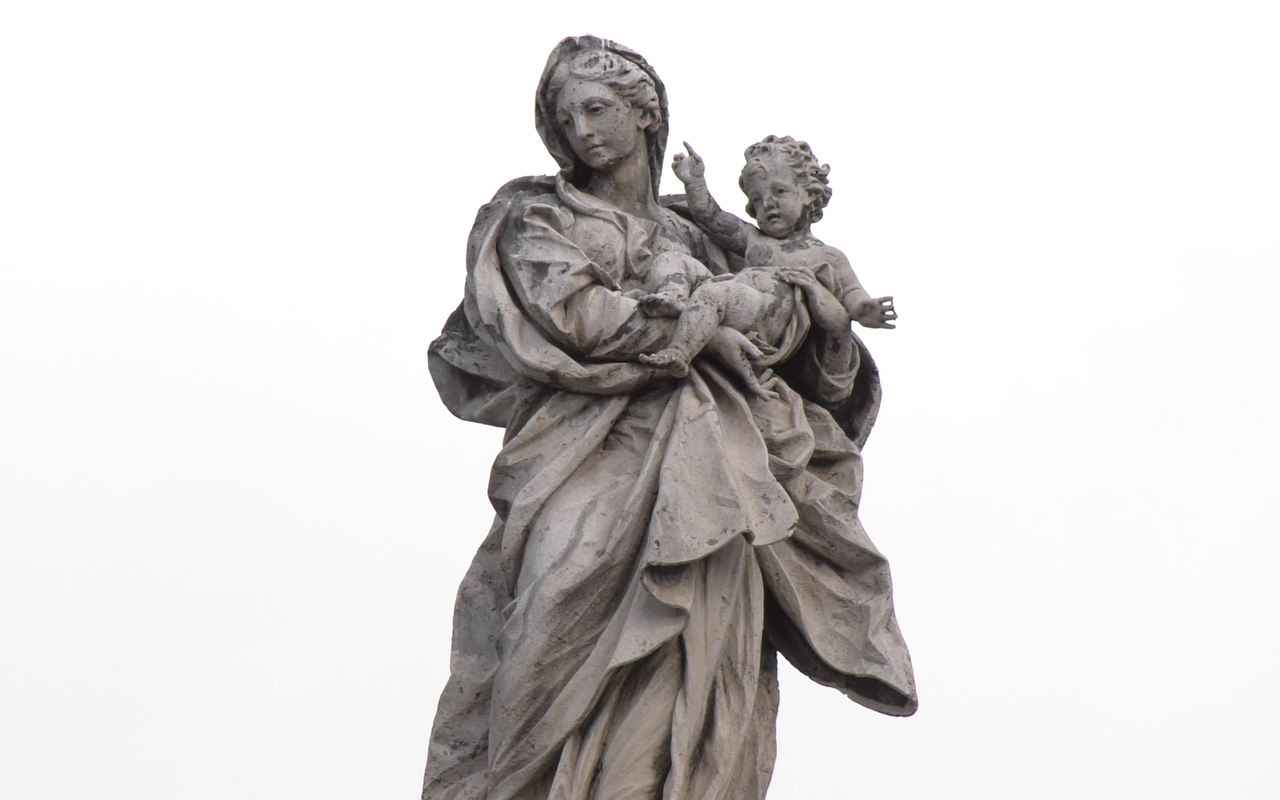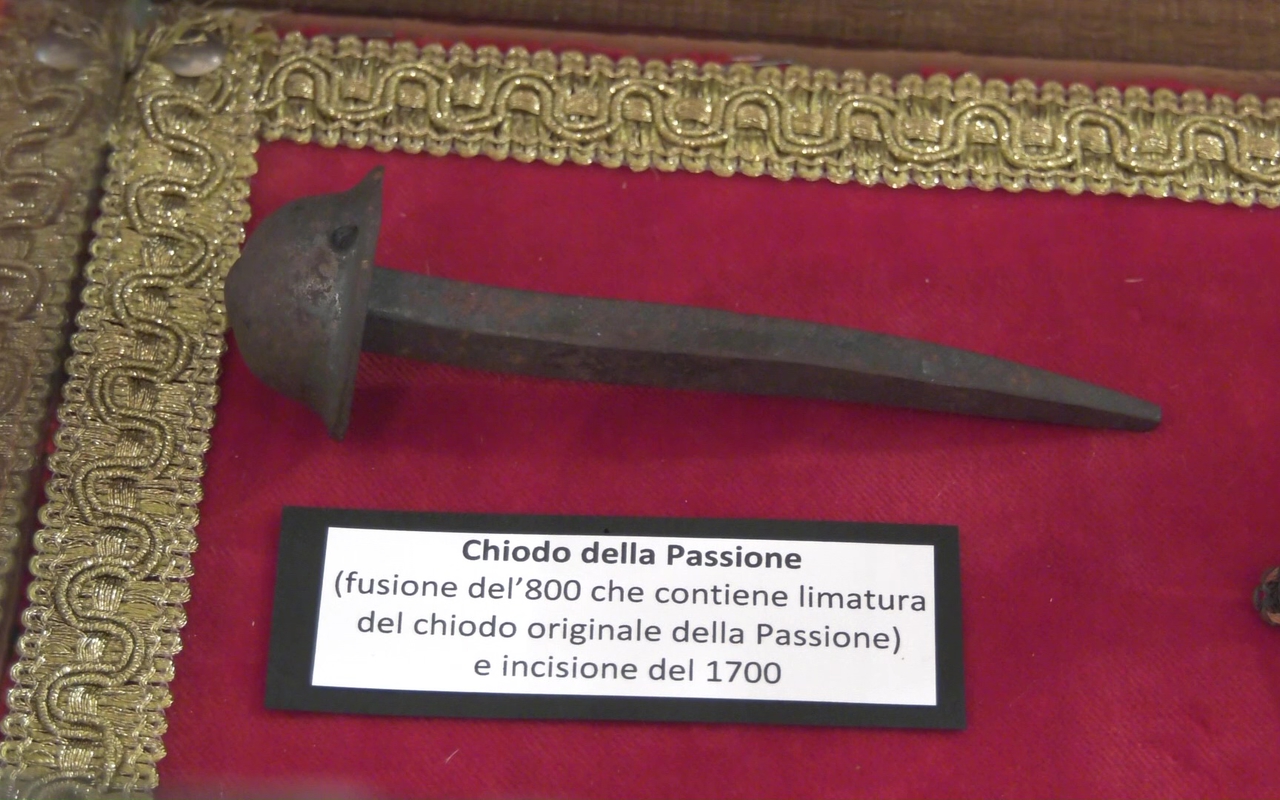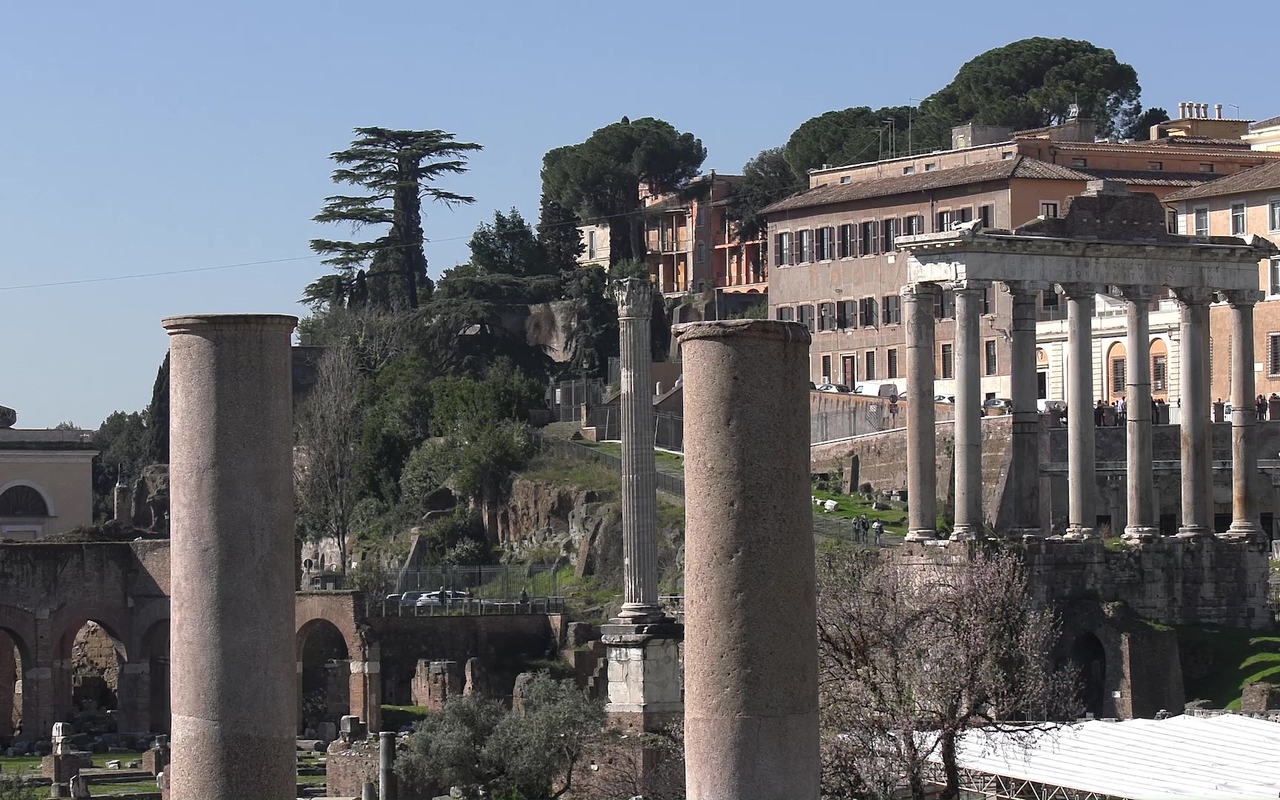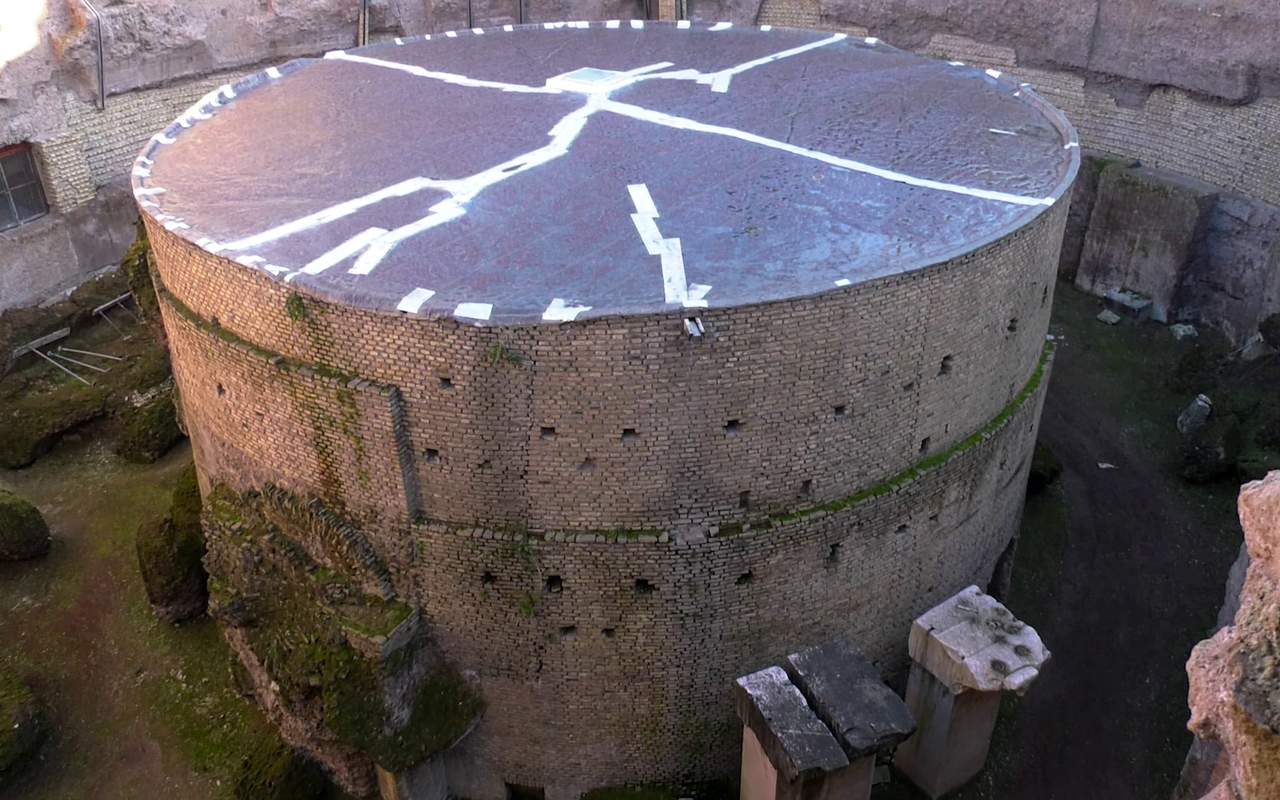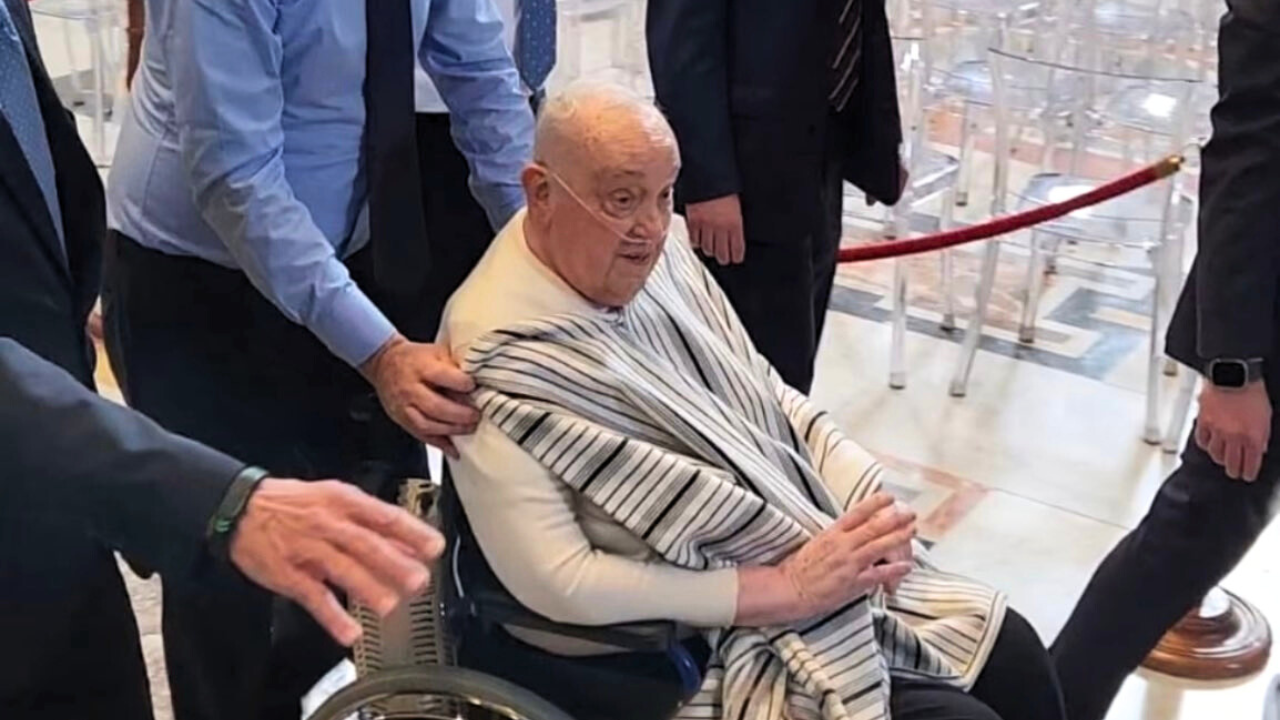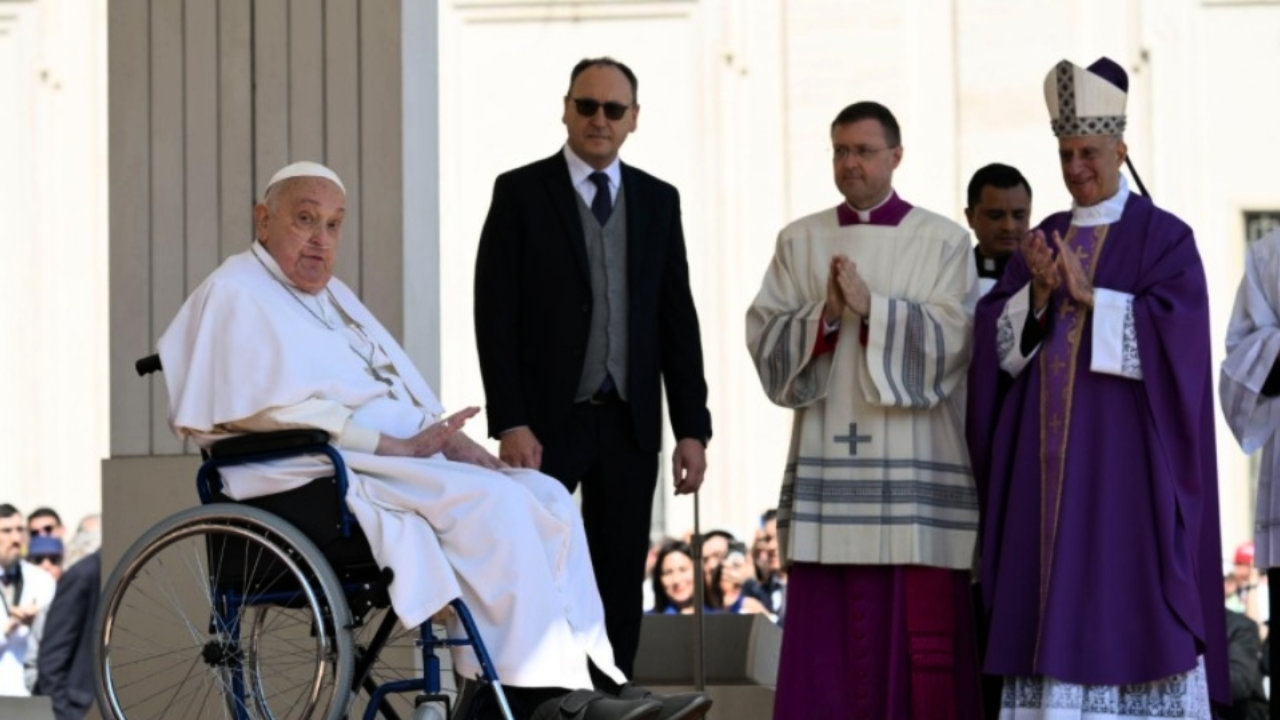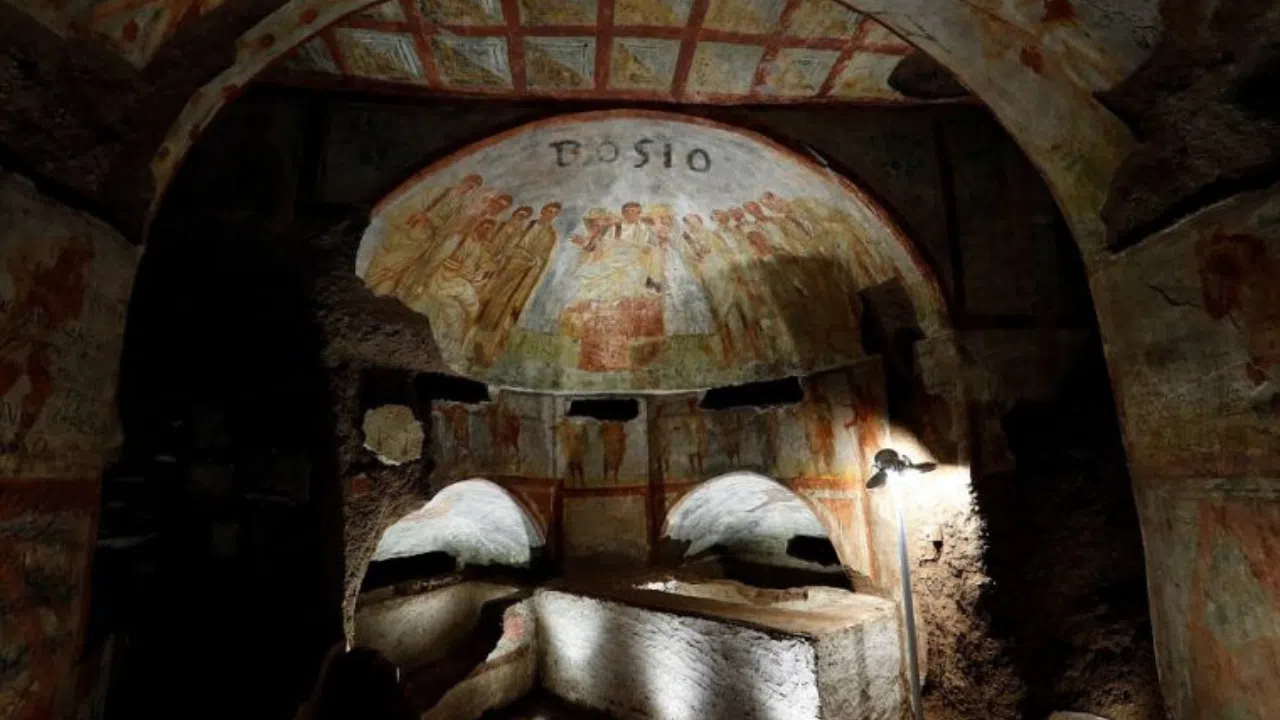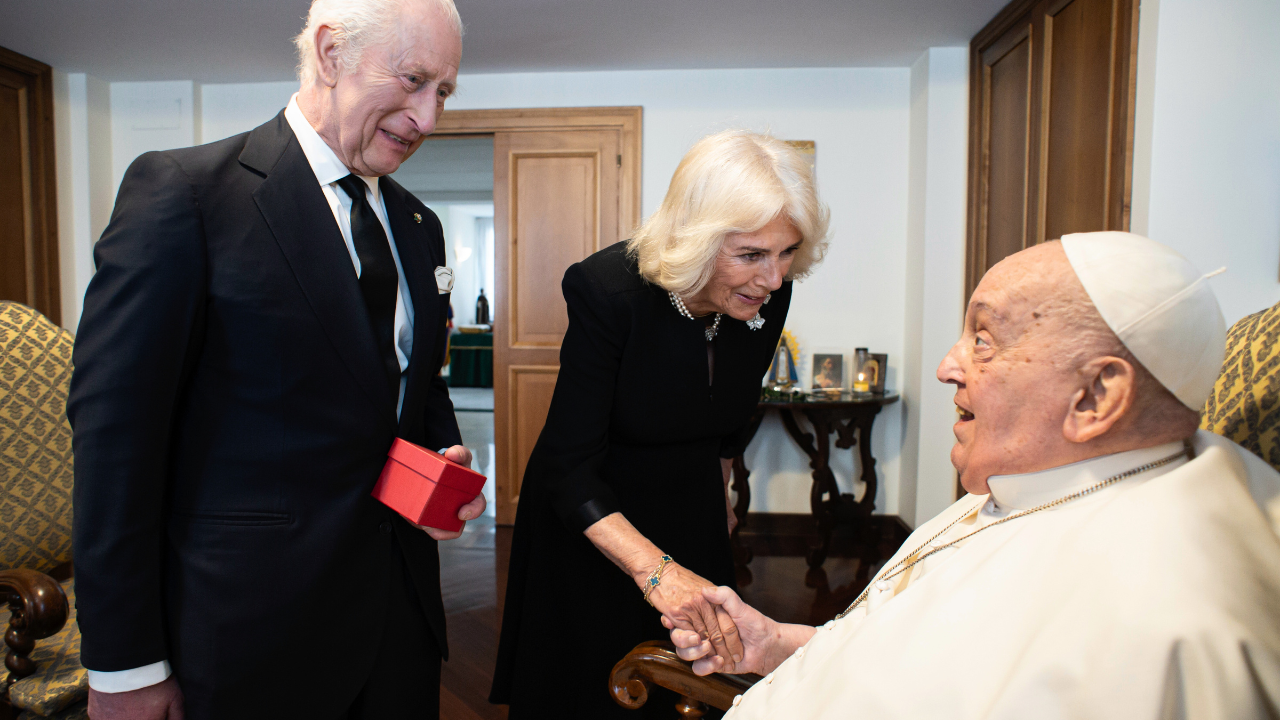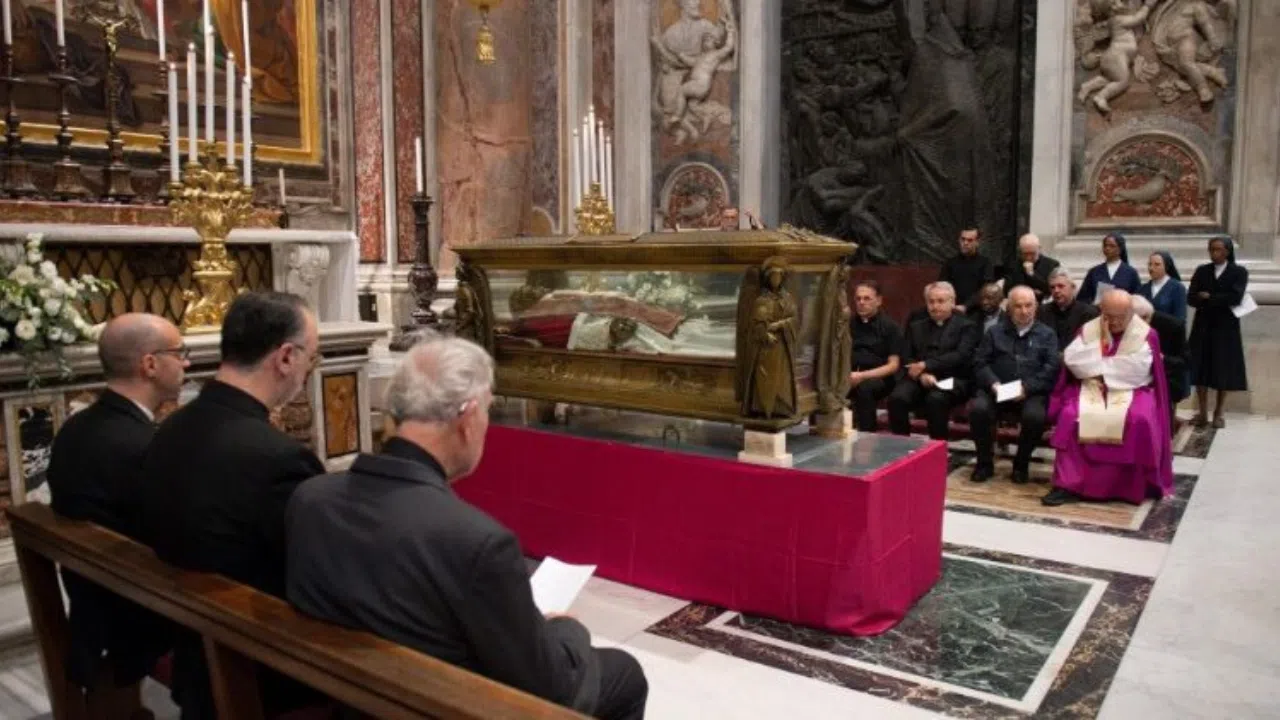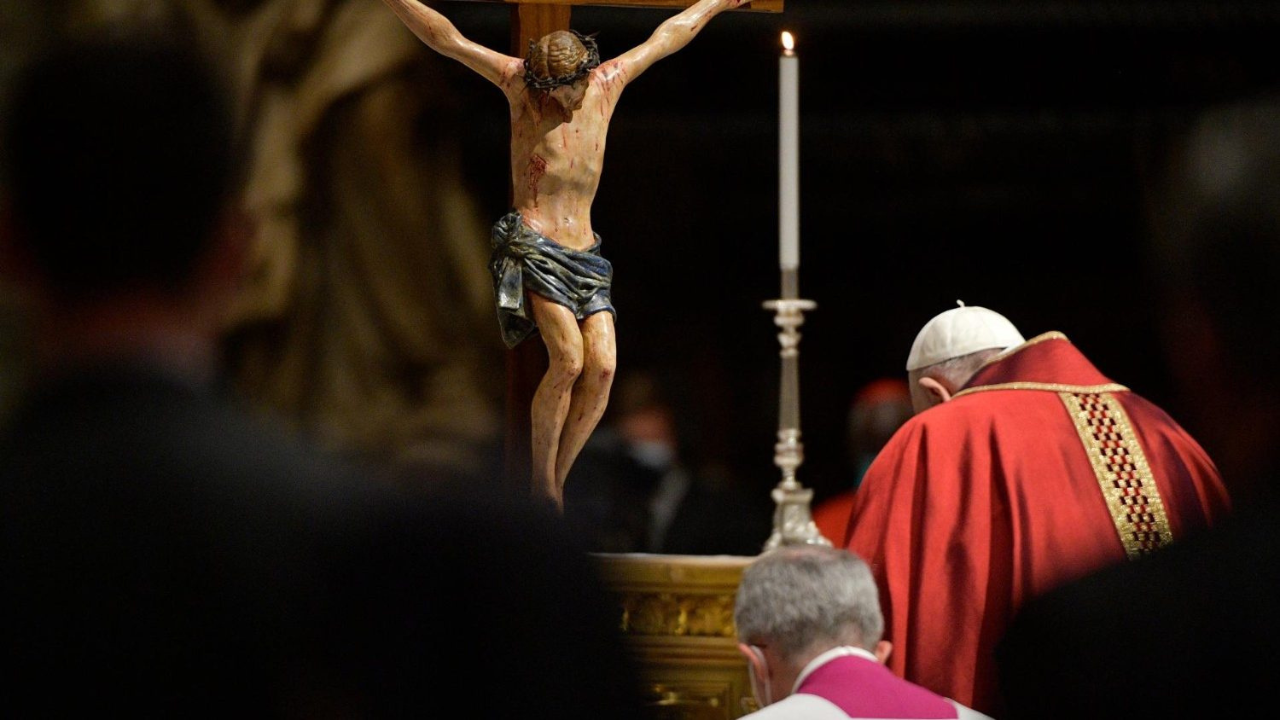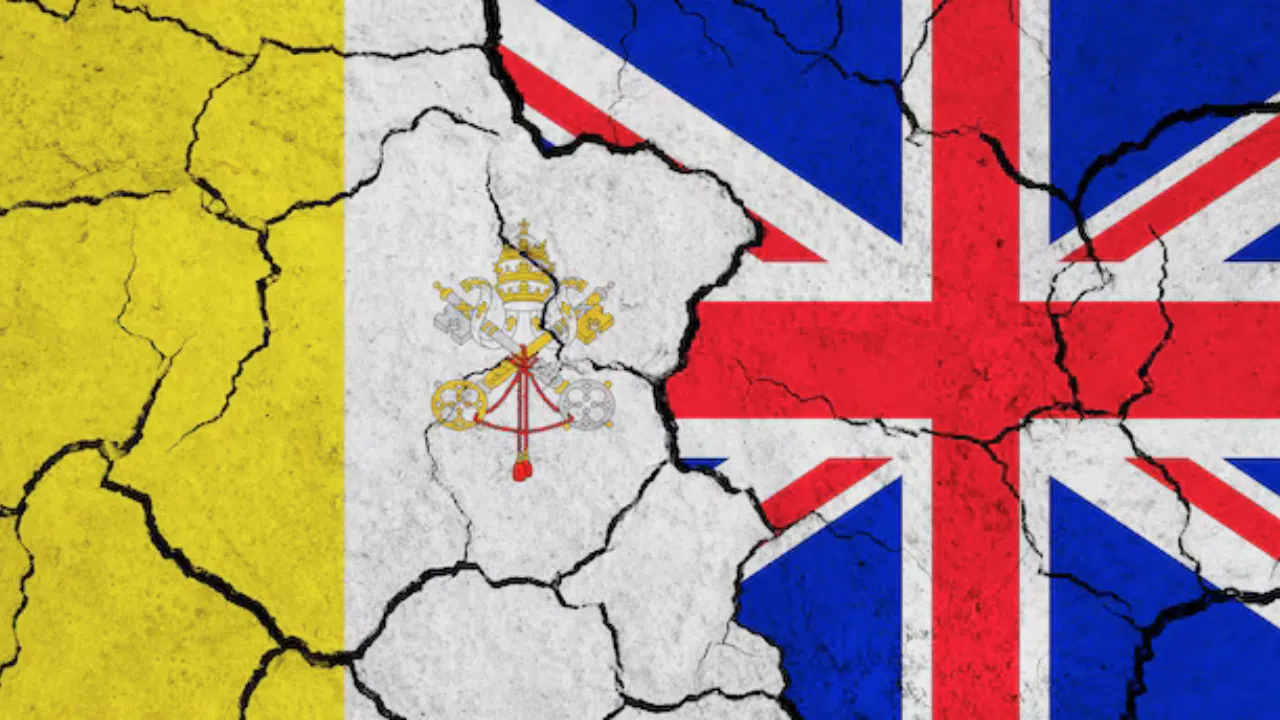The Colosseum, originally known as Flavian Amphitheathre is the largest of its kind in the world. Opened in 80 A.D., it was home to Roman games.
The Colosseum's technical director, Barbara Nazzaro, explains what made up a day-long show.
BARBARA NAZZARO
Technical director and architect
“The show was very complex,because it lasted the entire day. There were hunts in the morning, executions at lunch time and the gladiator's battle in the evening. All the necessary preparation for these important moments came from the area underground, including the animals. Animals were a very important attraction for the public of Rome. The more exotic they were, the more interest they were to the public.”
These animals would then appear in the arena thanks to elevators, strategically placed under the arena floor. The elevators were a series of ropes and pulleys, with at least 1,800 people working underground to make each show a reality.
BARBARA NAZZARO
Technical director and architect
“The animals were kept in an environment near the Colosseum, we can call it a zoo. Then, they arrived to the arena through underground tunnels which connected the floors with these various environments, which unfortunately are now cut-off by different channels.”
As there were no jails during that time, Nazzaro says oftentimes arena players were criminals or owed a debt to the state. Thus, they didn't always die, but were forced to participate.
This could have been the same for Christians who, by chance participated, but likely were not killed for their faith.
BARBARA NAZZARO
Technical director and architect
“It is very likely that some Christians were also condemned, so they died here. But if the Colosseum was linked with the martyrs of Christians, it is not described or told in historical documents. So it's possible, but it's not documented.'
Nazzaro asserts that in those days the sensitivity to violence was very different to what it is now. She admits while Christians likely also attended the events, it is unlikely they were martyred for their faith here.
